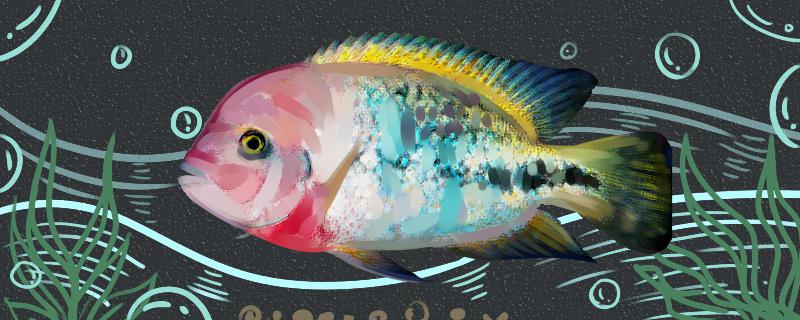
? The reticulated lion head fish is not difficult to raise because of its strong constitution and easy feeding. From the outside, they are shaped like head tumors, and their color is generally blue or yellow. They are usually large, up to 35 cm long, and can be kept in larger tanks or fish tanks. Because of its fierce and aggressive temperament, it is not recommended to mix with other fish. At the time of feeding, like most of the southern Mexican fire pits, they need bottom sand, sunken wood and so on.
Reticulated Lionhead Fish 1. Water temperature: The most suitable survival temperature for Reticulated Lionhead Fish is 23-29 ℃. Too high or too low temperature will affect their vitality, which is not conducive to their growth and development. Therefore, it is suggested that in the process of feeding, we should try our best to ensure that it grows at a suitable temperature.
2. Water quality: They do not have high requirements for water quality. Generally speaking, they prefer to live under weak alkaline or neutral water quality conditions. The PH of water quality is usually between 7-7.8, and the best suitable range for water hardness is about 5-13. At the same time, because their usual activity area is in the middle and lower part, the water quality should be as clear and bright as possible.
3、 Feeding: They are omnivorous fish, the food requirements are not high, usually feeding artificial live bait or algae, but it should be noted that in the process of feeding must ensure a balanced nutrition.